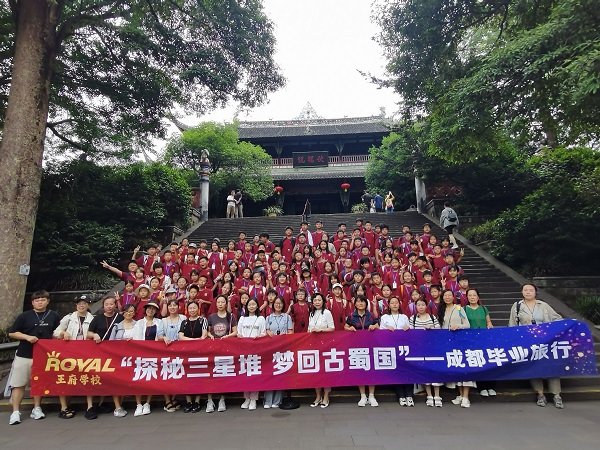search for a Trip

The Honghe Hani Rice Terraces in Yunnan, China, covers an immense 16,603-hectares. These spectacular terraces cascade down the slopes of the towering Ailao Mountains to the banks of the Hong River.
The terraces rise by 3,000 steps at varying angles from a shallow 15 degrees to a steep 75 degrees, forming a magnificent landscape that is rare both at home and abroad.
Over the past 1,300 years, the Hani people have developed a complex system of channels to bring water from the forested mountaintops to these terraces. They have also created an integrated farming system that involves buffalos, cattle, ducks, fish and eel and supports the production of red rice, the area's primary crop. The terraced fields were officially acknowledged by UNESCO as a World Cultural and Natural Heritage site in 2013.
Although not exactly a tourist destination, hordes of photographers have visited Yuanyang Rice Terraces. The landscape changes vividly through the year. In April the terraces are all green as rice started to grow, in later parts of the year it is yellowish brown as the rice ripens. In February, the terraces become naked bare earth, with the water reflecting the sky.

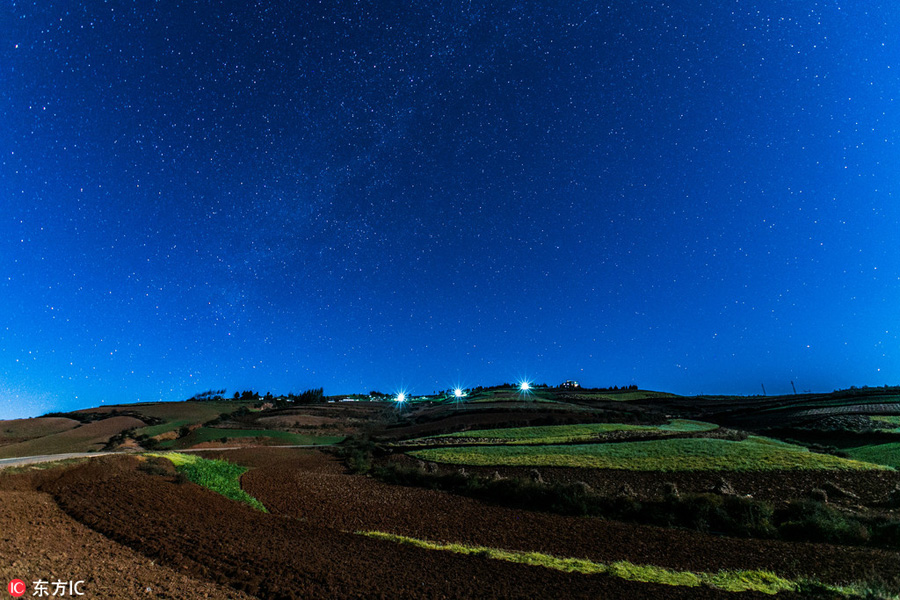
Night view of starry sky above the Honghe Hani Rice Terraces, one of the UNESCO World Heritage Sites, in Yuanyang county, Honghe Hani and Yi autonomous prefecture, Southwest China's Yunnan province.
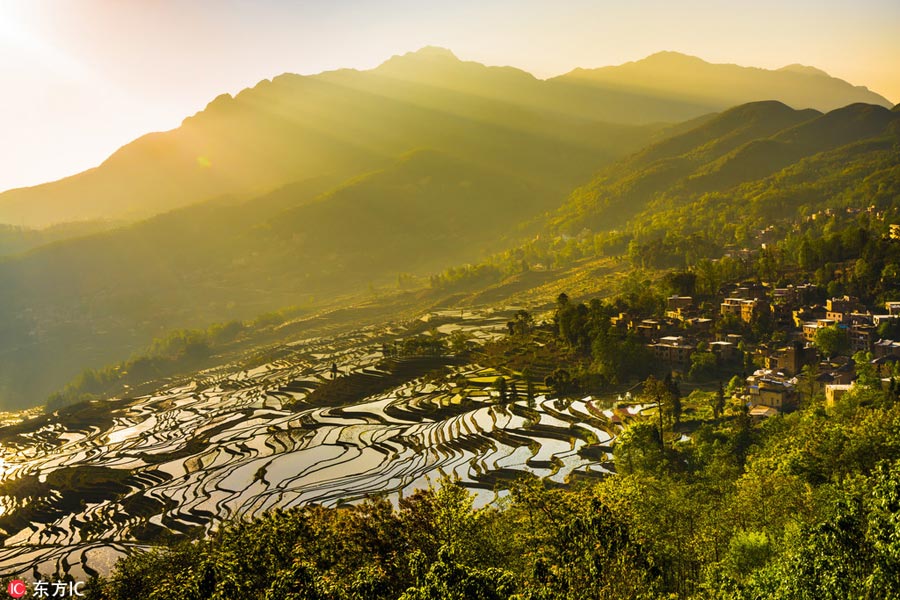
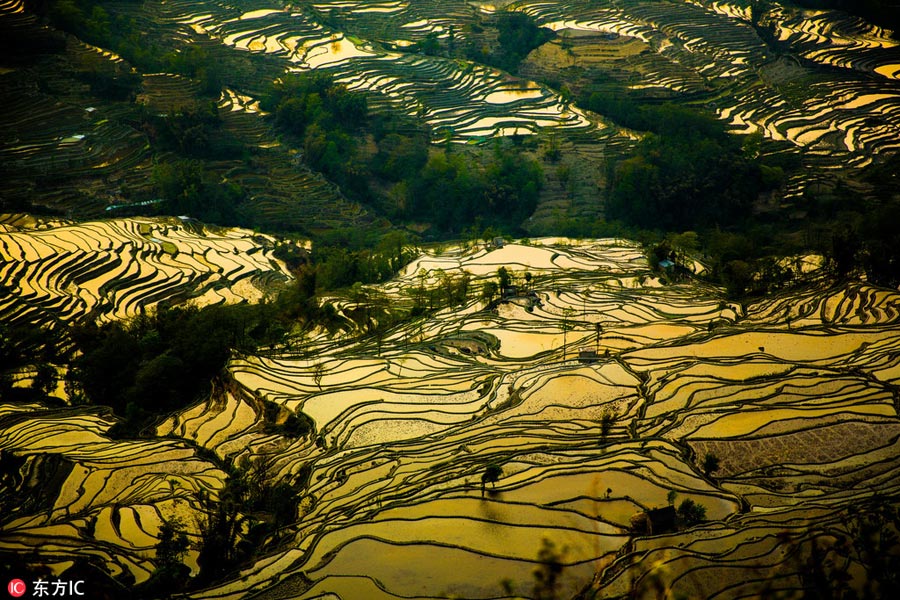
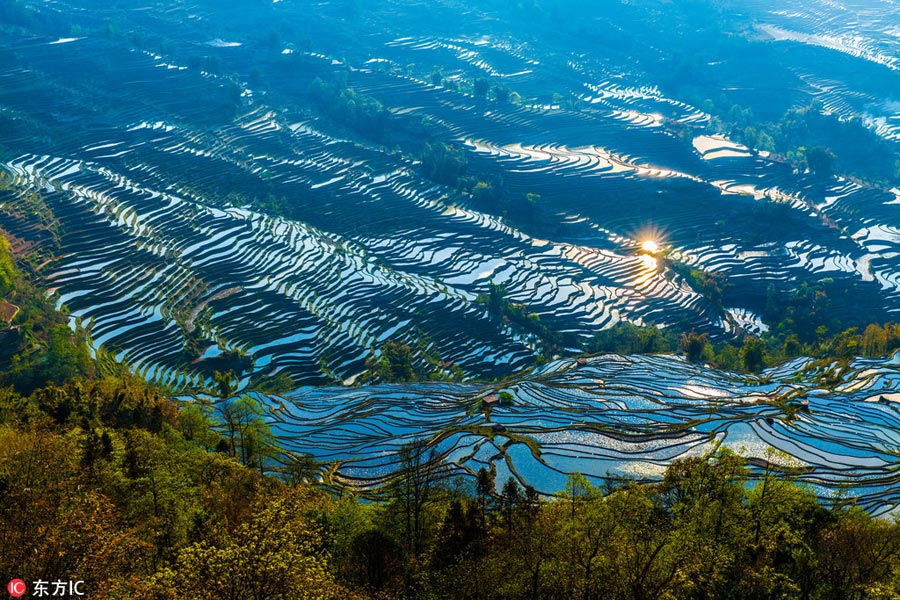
Landscape of terraced rice fields of the Honghe Hani Rice Terraces, one of the UNESCO World Heritage Sites, in Yuanyang county, Honghe Hani and Yi autonomous prefecture, Southwest China's Yunnan province.
More Attractions


